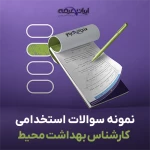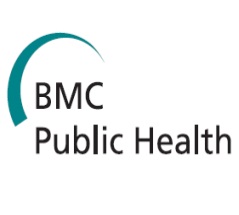Background
Over 1 million pacemakers and over 320,000 implantable cardioverter-defibrillators (ICDs) were implanted worldwide in 2009, and the implantation of cardiovascular implantable electronic devices (CIEDs) is on the rise [1–3]. Placing a magnet on a cardiac pacemaker usually enables an asynchronous mode in which the heart is paced at a predetermined frequency [4–7]. However, this magnet-activated asynchronous mode may have undesirable consequences, such as battery depletion, undesirable hemodynamic effects due to rapid pacing in some pacemakers, and rarely, ventricular dysrhythmias if pacemaker stimulation occurs in the vulnerable part of the cardiac cycle in patients with an intrinsic cardiac rhythm [4, 8–12]. In patients with an ICD, application of a magnet does not enable asynchronous pacing, but rather may suppress the detection of arrhythmias and prevents the device from delivering the appropriate therapy [4–6, 11, 12].






